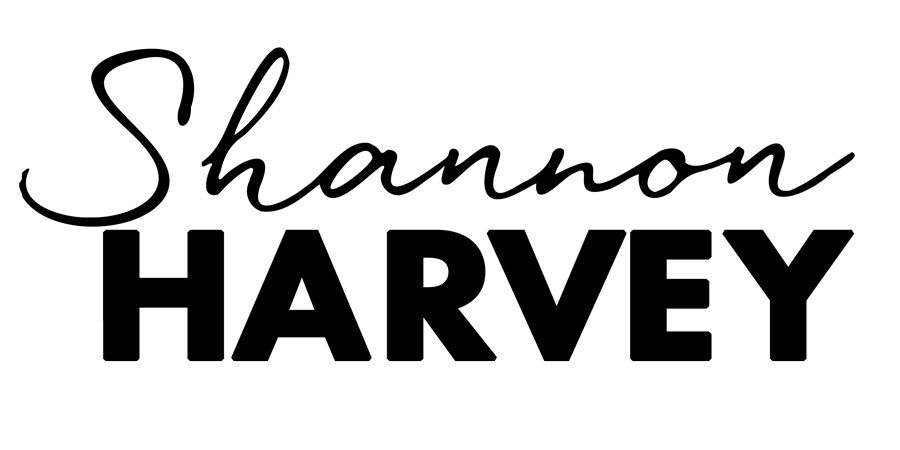
If you had told me 110 days ago that I would not only start wanting to meditate for 45 minutes a day, but that I would sometimes want to meditate for even longer periods of time, I would have said you’re bloody joking. Back then I knew enough about meditation to know that the practice is far from being all “glowing balls of light’ and like “a warm bath for your mind,” as it’s often described. Pretty much anyone who has tried mindfulness meditation (where you attempt to continually bring your distracted mind back to a point of focus) will tell you that it’s more like wrestling with the proverbial monkey, or in my case, a bull elephant.
But on day 106 of my year-long documentary experiment which involves enlisting a team of scientists to track my biological changes as I meditate daily, something unusual happened. After 45 minutes of my elephant-mind tug-of-war, I found myself reloading the track of my meditation app because I wanted to keep going. Here’s what happened.
I was about to get on a plane when a monumentally disappointing email came through. It was a rejection email saying that our grant application for our meditation film had been unsuccessful. My husband and I are independent filmmakers, which means we finance our productions ourselves. We have to keep our day jobs running alongside this passion project and it can be tough going. We had not only invested many late nights working on the application, we had also invested a lot of hope. The email blow was made even worse by the fact that it was a generic “no feedback will be provided” kind of email. I was crushed.
As my plane taxied down the runway I loaded my meditation app. I wanted to try and meditate all the horrible feelings away – disappointment, anger, worry. I began following the body scan meditation instructions and an internal wrestle began.
“Pay attention to the feeling in your left toes,” the teacher instructed.
No one cares about my stupid experiment or my movie.
“Now pay attention to the sole of your foot.”
This film is going to bankrupt me and my family.
“Now pay attention to your right ankle. What does it feel like right now?”
Maybe it’s time I just quit.
“Move your attention to your calf and shin,” the instructions patiently continued.
The harder I tried to make the over dramatised, unpleasant thoughts in my head go away, the worse I felt. I oscillated from wanting to “give it all up,” to wanting to work even harder and “prove them all wrong,” and all the while, I was trying to force my mind into “the moment” and focus on the body scan.
It wasn’t until I was 40 minutes into the tortuous practice that I remembered one of the most basic principles of mindfulness meditation, told to me by renown mindfulness teacher Jon Kabat-Zinn six years ago when I interviewed him for my previous film. “It's not about getting to some special state; the “mindful” state, where the world will fall away and you'll just feel like, you know, everything is beautiful and you have no problems. Mindfulness is not a state at all. It's a way of being. And really, it's a way of being in wise relationship and compassionate relationship to whatever is arising that's most important moment by moment by moment,” he told me.
Oh shit, I thought. This unpleasant, disillusioned… heartbroken state, is my state. What happens if I just let it be?
One of the biggest myths about mindfulness meditation is that it’s about mastering or controlling our internal experience. Often we start meditating because we’re looking for ways to reduce our stress, or deal with our depression, or alleviate our anxiety. But in reality when we use mindfulness to try and “get rid” of stress or difficult emotions, we’re actually no longer being mindful. In fact, the goal during this type of meditation is to learn to be with whatever is arising – be it pleasurable, painful, comfortable, or uncomfortable.
This non-judgemental awareness, where I allow my thoughts and feelings to come and go without investing in them, has made all the difference in helping me deal with difficult emotions, and I’ve lost count of the number of conversations I’ve had with others who say the same. So it’s not surprising that this approach has caught the eye of researchers interested in unlocking the key to emotion regulation.
In one study, people with a considerable fear of spiders were asked to walk towards and try to touch a live Chilean rose-haired tarantula. The arachnophobes were divided into four groups. One group was asked to reassure themselves as they approached the spider by saying something like “looking at the little spider is not dangerous for me.” Another group was asked to try and distract themselves by thinking about a piece of furniture in their home. A third group was told to just go for it, and a fourth was encouraged to acknowledge and turn towards their fear, saying something like “I feel anxious the disgusting tarantula will jump on me.”
Here’s a picture of the actual spider just to put you in the scene.

Although they didn’t know it, the group who were asked to openly stay present to their fear of the spider were being asked to practice mindfulness. The study found that these people not only got closest to the hairy beast, they also felt the least upset by the experience, and had a smaller physiological response by way of less sweaty palms. “This is unique because it differs from typical procedures in which the goal is to have people think differently about the experience — to change their emotional experience or change the way they think about it so that it doesn't make them anxious," said the senior author of the study Michelle Craske when the study was released. "Here, there was no attempt to change their experience, just to state what they were experiencing."
Researchers are starting to get an idea of what is going on in the brain when we’re practicing this kind of mindful emotion regulation. It turns out that labelling emotions, or putting our feelings into words, can help to down-regulate them. When it comes the experience of pain, zen meditators have been shown to experience decreased activity in an area of the brain involved in registering pain and increased activity in three areas involved in the regulation of pain. In other words, by practicing meditation we may be able to mute our emotional response, which may explain why people who do mindfulness programs report feeling less pain even through their illness hasn’t been cured.
What I find interesting is that the researchers torturing the people with the tarantula weren’t specifically studying mindfulnesses. Indeed those in the “affect labelling group” had no formal meditation training, only a one-off simple instruction to “speak a sentence including a negative word to describe the spider and a negative word or two to describe their emotional response to the spider.” This makes me wonder at what possible effects my intentional daily mindfulness training will have, where I am essentially practicing non-reactivity to difficult emotions over and over again.
With all that said, none of this fascinating research was front and centre in my mind when I was sitting on a plane the other day trying to meditate away my difficult thoughts and feelings. It took me a full 40 minutes of wrestling with my inner elephant before I realised that I was in a losing battle.
Oh, right. All this unpleasantness is what I'm feeling right now. Huh. Isn’t that interesting.
With that one thought I was able to let go of my effort to change my emotional state. Instead I just witnessed the tightness in my neck, the heat of anger pulsing through me, and the weight of fatigued disappointment behind my eyes. I realised that it was ok to feel these things and that the practice wasn’t about “meditating them away.” Indeed, I thought, under the circumstance these feelings were normal and natural.
It’s interesting that I then soon found the very relief I was seeking. With the plane still 39,000 feet in the air, when the 45 minute timer of my meditation chimed, I knew I needed more practice. I reset the guide track for another 15 minutes. No one is more surprised than I.
* Main photo by Sydney Sims on Unsplash





 The Connection (DOWNLOAD-TO-OWN)
The Connection (DOWNLOAD-TO-OWN) My Year Of Living Mindfully - Book
My Year Of Living Mindfully - Book




